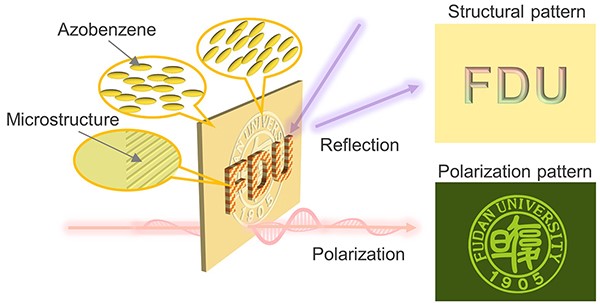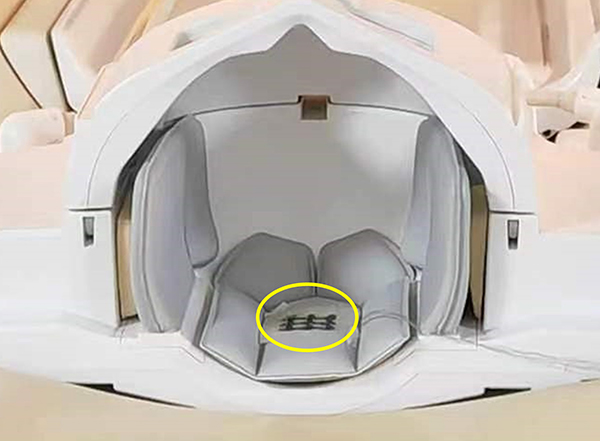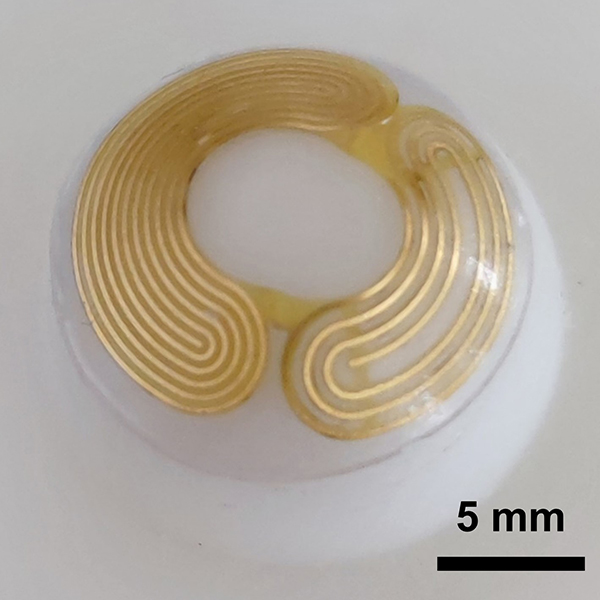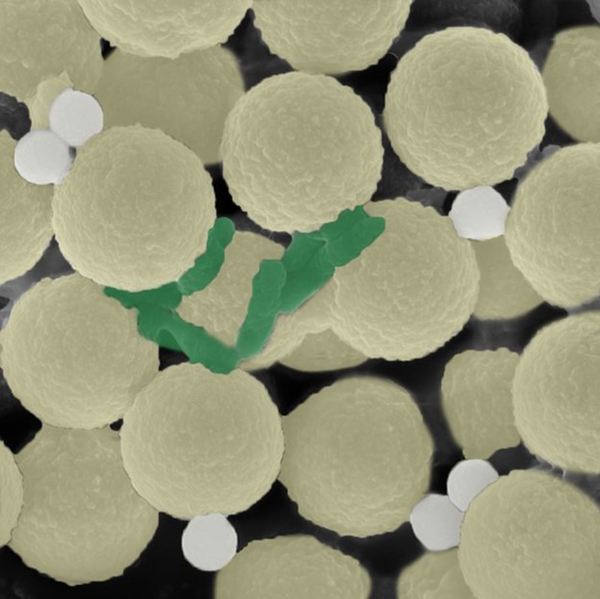FOR IMMEDIATE RELEASE
“Facile Electret-Based Self-Powered Soft Sensor for Noncontact Positioning and Information Translation”
Environmental Science & Technology
I’m not touching you! When another person’s finger hovers over your skin, you may get the sense that they’re touching you, feeling not necessarily contact, but their proximity. Similarly, researchers reporting in ACS Applied Materials & Interfaces have designed a soft, flexible film that senses the presence of nearby objects without physically touching them. The study features the new sensor technology to detect eyelash proximity in blink-tracking glasses.
Noncontact sensors can identify or measure an object without directly touching it. Examples of these devices include infrared thermometers and vehicle proximity notification systems. One type of noncontact sensor relies on static electricity to detect closeness and small motions, and has the potential to enhance smart devices, such as allowing phone screens to recognize more finger gestures. So far, however, they’ve been limited in what types of objects get detected, how long they stay charged and how hard they are to fabricate. So, Xunlin Qiu, Yiming Wang, Fuzhen Xuan and coworkers wanted to create a flexible static electricity-based sensor that overcame these problems.
The researchers began by simply fabricating a three-part system: fluorinated ethylene propylene (FEP) for the top sensing layer, with an electrically conductive film and flexible plastic base for the middle and bottom layers, respectively. FEP is an electret, a type of material that’s electrically charged and produces an external electrostatic field, similar to the way a magnet produces a magnetic field. Then they electrically charged the FEP-based sensor making it ready for use.
As objects approached the FEP surface, their inherent static charge caused an electrical current to flow in the sensor, thereby “feeling” the object without physical contact. The resulting clear and flexible sensor detected objects — made of glass, rubber, aluminum and paper — that were nearly touching it but not quite, from 2 to 20 millimeters (less than an inch) away. The sensor held its charge for over 3,000 different approach-withdraw cycles over almost two hours.
In a demonstration of the new sensing film, the researchers attached it to the inner side of an eyeglass lens. When worn by a person, the glasses noticed the approach of eyelashes and identified when the wearer blinked Morse code for “E C U S T,” the abbreviation for the researchers’ institution. In the future, the researchers say their noncontact sensors could be used to help people who are unable to speak or use sign language communicate or even detect drowsiness when driving.
The authors acknowledge funding from Natural Science Foundation of China Grants, Shanghai Pilot Program for Basic Research, the “Chenguang Program” supported by the Shanghai Education Development Foundation and Shanghai Municipal Education Commission, National Key Research and Development Program of China, Natural Science Foundation of Shanghai, and the Open Project of State Key Laboratory of Chemical Engineering.
###
The American Chemical Society (ACS) is a nonprofit organization chartered by the U.S. Congress. ACS’ mission is to advance the broader chemistry enterprise and its practitioners for the benefit of Earth and all its people. The Society is a global leader in promoting excellence in science education and providing access to chemistry-related information and research through its multiple research solutions, peer-reviewed journals, scientific conferences, eBooks and weekly news periodical Chemical & Engineering News. ACS journals are among the most cited, most trusted and most read within the scientific literature; however, ACS itself does not conduct chemical research. As a leader in scientific information solutions, its CAS division partners with global innovators to accelerate breakthroughs by curating, connecting and analyzing the world’s scientific knowledge. ACS’ main offices are in Washington, D.C., and Columbus, Ohio.
To automatically receive press releases from the American Chemical Society, contact newsroom@acs.org.
Note: ACS does not conduct research, but publishes and publicizes peer-reviewed scientific studies.








